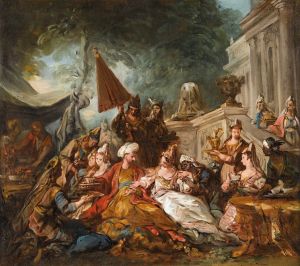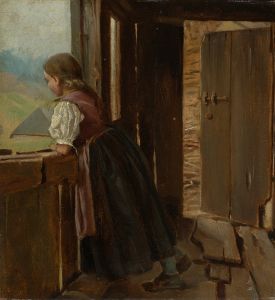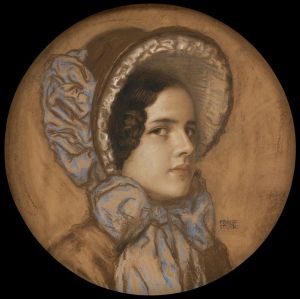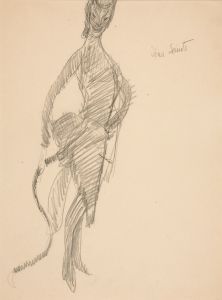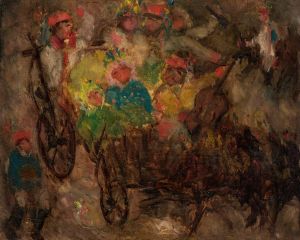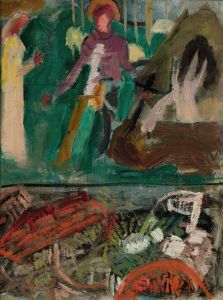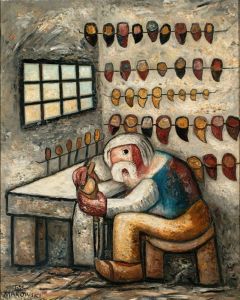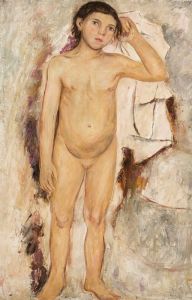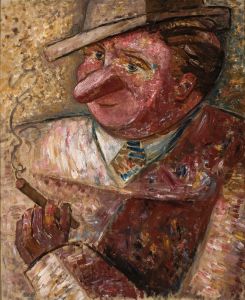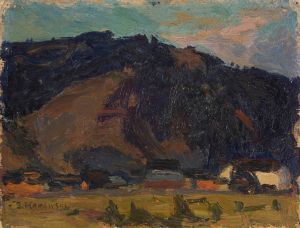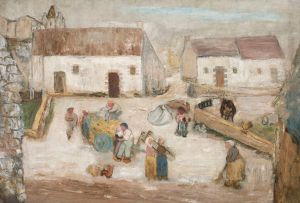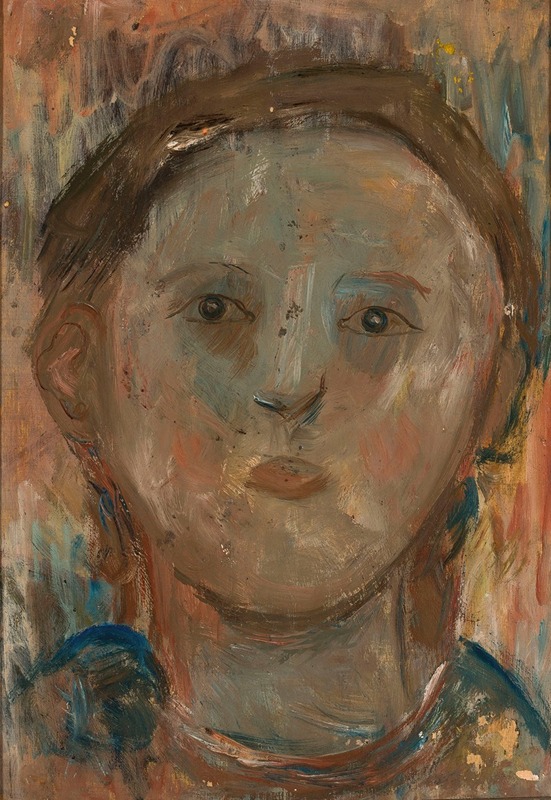
Little girl’s head
A hand-painted replica of Tadeusz Makowski’s masterpiece Little girl’s head, meticulously crafted by professional artists to capture the true essence of the original. Each piece is created with museum-quality canvas and rare mineral pigments, carefully painted by experienced artists with delicate brushstrokes and rich, layered colors to perfectly recreate the texture of the original artwork. Unlike machine-printed reproductions, this hand-painted version brings the painting to life, infused with the artist’s emotions and skill in every stroke. Whether for personal collection or home decoration, it instantly elevates the artistic atmosphere of any space.
Tadeusz Makowski was a Polish painter known for his unique style that combined elements of folk art, symbolism, and modernism. Born in 1882 in Oświęcim, Poland, Makowski initially studied classical philology before turning to art. He attended the Academy of Fine Arts in Kraków, where he was influenced by the Young Poland movement, a modernist period in Polish visual arts, literature, and music.
Makowski moved to Paris in 1908, where he became part of the vibrant artistic community. In Paris, he was exposed to various avant-garde movements, including Cubism, which significantly influenced his work. Over time, Makowski developed a distinctive style characterized by simplified forms, a focus on childhood themes, and a subtle use of color.
"Little Girl’s Head" is one of Makowski's notable works, although specific details about the painting, such as its creation date or current location, are not widely documented. The painting reflects Makowski's fascination with childhood and innocence, themes that recur throughout his oeuvre. His works often depict children in a stylized manner, emphasizing their purity and the whimsical aspects of their world.
Makowski's style in "Little Girl’s Head" likely showcases his typical approach of blending realism with abstraction. His portraits often feature soft, muted colors and a gentle, almost melancholic atmosphere. The simplicity of forms and the focus on the subject's expression are hallmarks of his technique, aiming to capture the essence of childhood rather than a realistic depiction.
Throughout his career, Makowski remained somewhat on the periphery of mainstream art movements, maintaining a unique voice that resonated with the Polish tradition while also embracing modernist influences. His works are appreciated for their emotional depth and the way they convey a sense of nostalgia and introspection.
Makowski continued to live and work in France until his death in 1932. Despite not achieving widespread fame during his lifetime, his work has gained recognition posthumously. Today, Makowski is considered an important figure in Polish art, and his paintings are held in various collections, including the National Museum in Warsaw and the Musée National d'Art Moderne in Paris.
"Little Girl’s Head," like many of Makowski's works, invites viewers to reflect on the simplicity and profundity of childhood. His ability to evoke emotion through minimalistic yet expressive forms makes his art enduringly impactful. While specific details about this particular painting may be scarce, it remains a testament to Makowski's skill in capturing the delicate nuances of human expression and the universal theme of innocence.





